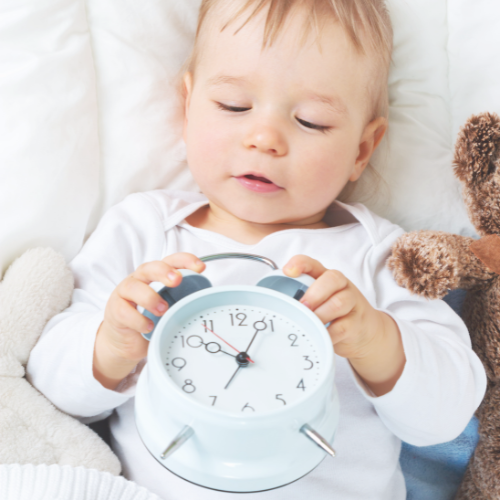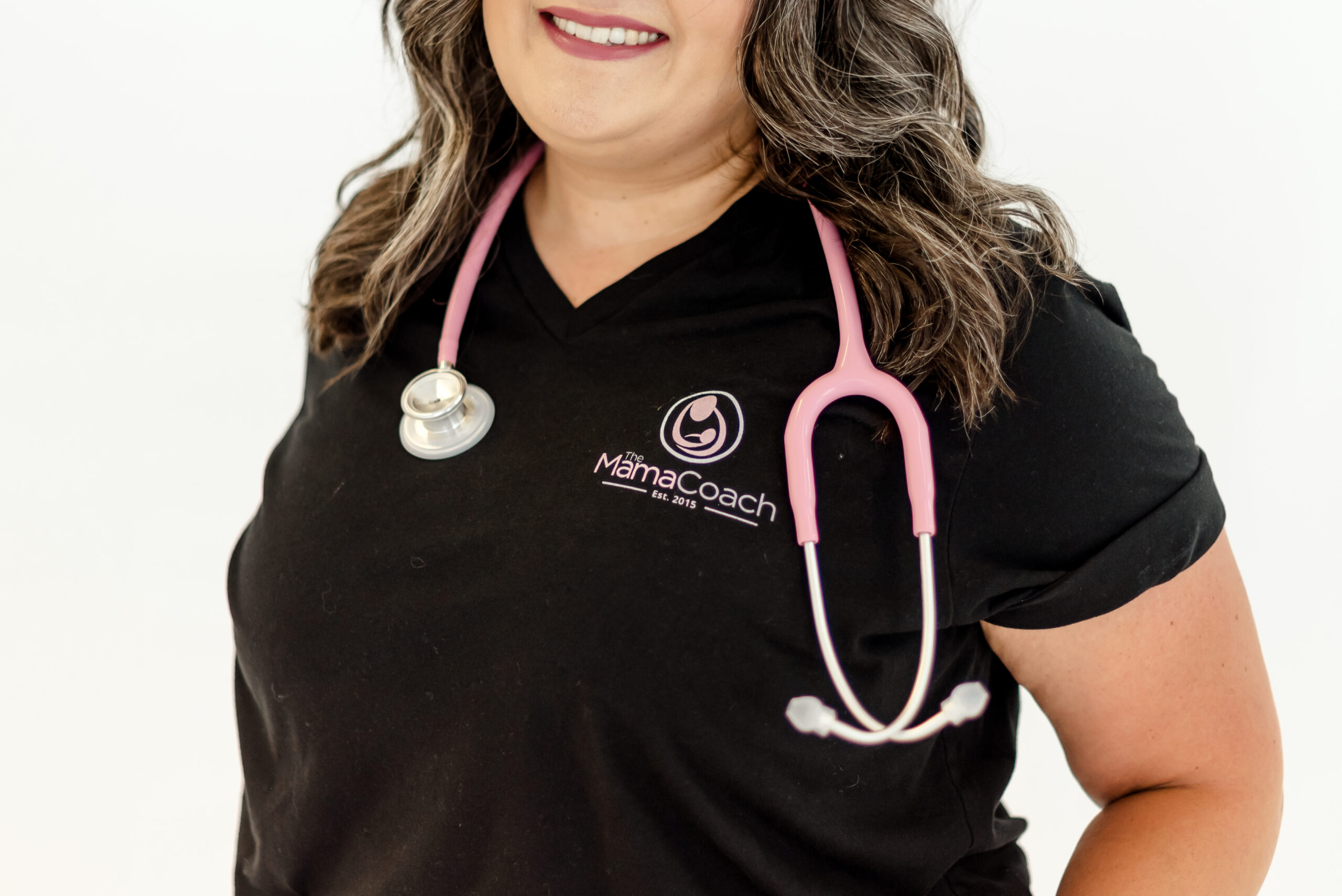Let’s cut the crap (see what I did there), being a parent is hard, the last thing on your mind is trying to figure out diaper sizing, when to switch sizes or what size you should stock up on. Between the brand-new baby and the spunky toddler stages you will go through so many different diaper sizes. So much so that by the time potty training comes, you will finally feel like a diaper expert, right before you ditch them for undies. But until then, here is your guide to all things diapers and their sizing.
Like so much in parenting, there is no “one size fits all” or in this case no one brand of diapers that I recommend over another. You may find that as your child grows some brands may work better than others in that stage.
Diaper Sizing, how does it work?
Diaper sizing is not one that is based on age, but weight. Most babies will start with the newborn size. As you can guess, as your child grows, their diaper size will increase or grow with them. It has been found that on average, children spend majority of their time in size 4 diapers as this is the most sold size in the diaper market. From there, there is no true way to predict accurately ahead of time what size diapers your kiddo will need at each age because again not “one size fits all” as babies all grow at different rates, hence why diaper sizing is based on weight not age.
Most brands of diapers will begin at that newborn size which is up to 10 lbs. Some brands will even offer a preemie sizing which is for a little one up to the weight of 6 lbs. From there, diaper sizing goes up to size 7. In the beginning, you will notice that your little one grows so quickly. In their first year of life they will spend less time in the smaller sized diapers, as they will just grow so quickly. You will, however, be using a lot of those small sized diapers because so much of the early months of life is spent eating, sleeping, peeing and pooping (sorry there is no better way to say it). On average, a newborn baby can use up to 12 diapers in a day, yes, that is almost 360 diapers in a month. At the end of year one, however, your little one will likely only be using 5-8 diapers per day.
Is the fit right?
To know if the diaper fits your child correctly. here are some simple things to look for in a proper fitting diaper:
- The diaper should be just below the belly button
- The leg cuffs should wrap neatly around your kiddo’s bottom without any gaps noted
- When the diaper is fastened, you should be able to run about two fingers around their waist
One of the most common complaints is that one size is too small but yet the next size up is too big. If this is the case, try the larger of the two sizes and fold down the waist just before you put it on so that it sits below the belly button. You can also try another brand as all brands, as stated earlier, may fit your child differently in different stages of growth.
When should you size up?
As you may have noticed when looking at the chart above, many of the sizes overlap based on the child’s weight. I would say depending on the weight of your child, if your kiddo falls within two sizes, I would begin with the lower of the two sizes as the number of diapers per box will be more which means the cost per diaper will be less. The best bet on when you should size up is to watch your kiddo closely and watch for a few of these signs below:
- Stretch at the waist of the diaper: The tabs to secure the diaper should fit snug without you having to pull them too tight. You do not want to fasten the diaper too tightly as a too tight diaper can put pressure on your little one’s belly which can cause them to spit up. Also the American Academy in Pediatrics (AAP) has noted that too tight diapers can trap moisture and cause rubbing which can both lead to a diaper rash. Just an FYI, some diapers will even have marks by the tabs that help you know when the diaper is getting too small.
- Coverage around the legs: This is so important, your little one’s bottom should be fully covered by the diaper to prevent any leaks or blowouts. The leg cuff should not be tucked in, but out. Are you having an increase in blowouts? Check your diaper fit, it may be time to size up.
- Red Marks on the skin: have you started to see red marks on your little one’s skin or impressions on their legs when you change their diaper? This is a sign that the fit is too tight and it’s time to size up.
Hopefully this helps to take any guesswork out of diapers and their sizing. As you know, at The Mama Coach, we have always got you covered (I couldn’t help myself with the silly puns). If you are needing any support with diapers and beyond, please don’t hesitate to reach out.



